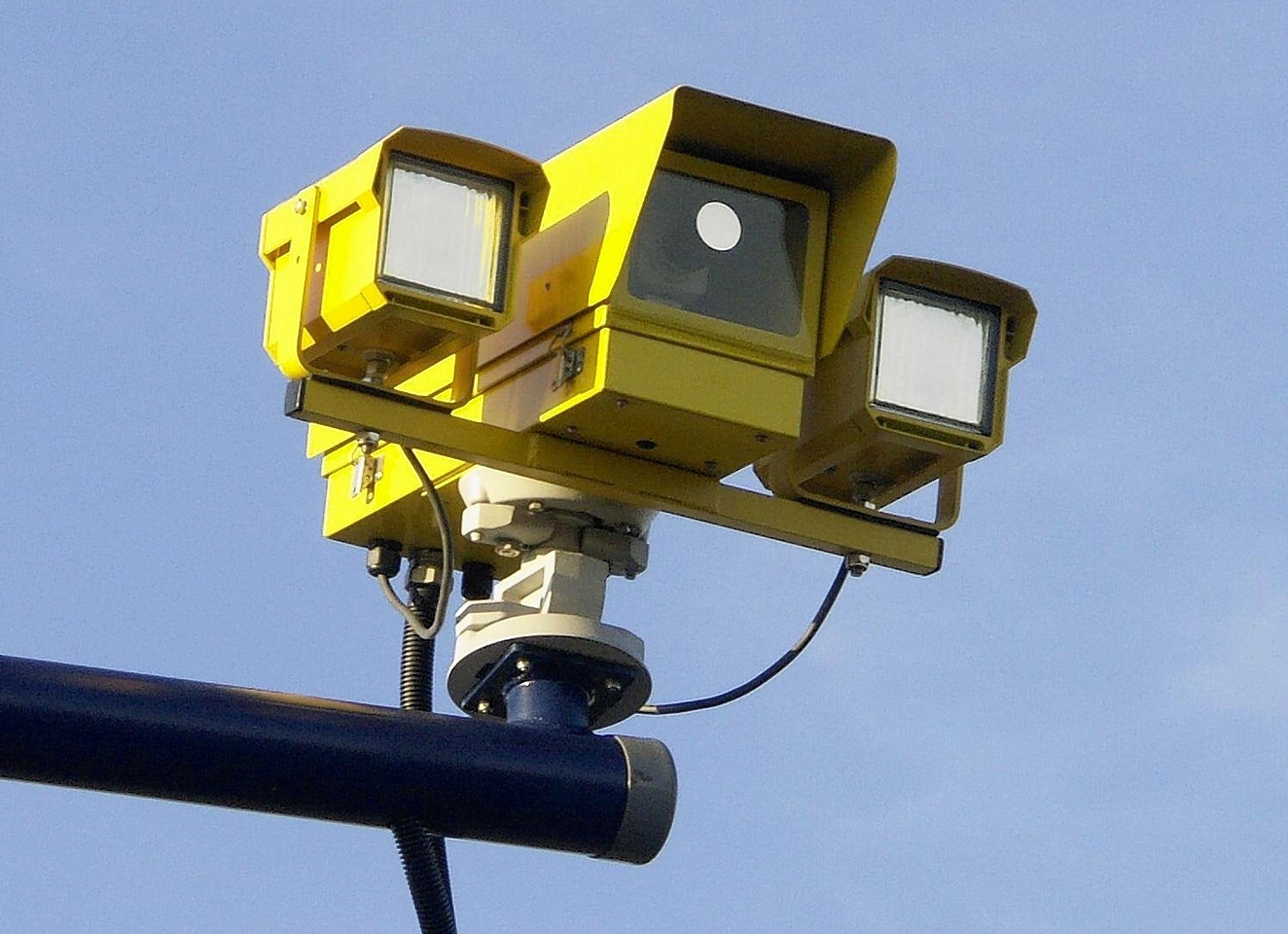Campaigners have challenged authorities to publish statistics on the A9 average-speed cameras – to prove they are actually switched on.
The controversial devices “went live” on October 28 despite repeated calls from politicians and motorists for the “yellow vultures” scheme to be dropped.
But now it has emerged that no information about the number of offenders caught by the cameras will be released until the new year.
The news was greeted with dismay by campaigners last night.
The cameras were hailed as a vital part of efforts to reduce the number of serious accidents on the notorious trunk road by curbing speeds on the Inverness-Perth stretch.
Mike Burns, spokesman for A9 Average Speed Cameras Are Not The Answer campaign, said: “I’m not surprised that we haven’t heard of anyone getting a fine.
“We wonder if they are working properly. There are persistent rumours that some haven’t got power.
“We want to see the numbers. They need to prove these things are helping. We are perplexed at why they will not publish them.”
Mr Burns said that he still received anecdotal evidence about motorists about driver frustration on the route.
And Highland MP Danny Alexander said: “We all want the road to be safer, and Highlanders are anxious to know what impact the cameras are having on the A9.
“What the official stats will not show is the number of people in the north who were opposed to the SNP’s speed camera experiment.
“Many people have contacted me to say they are concerned about dangerous overtaking caused by frustration, and drivers switching to B-roads to avoid the cameras, causing ‘rat runs’ through communities on the A9 corridor.
“The SNP government should be focussed on dualling the A9. The funds are there to get on with it, and that is exactly what the new transport minister should do.”
Under the Freedom of Information (Scotland) Act, the Press and Journal requested details about the number of offences committed within the first 24 hours of the cameras being switched on and within the first seven days.
But Police Scotland rejected the request, saying there would be no information available until January 21.
The force said: “The relevant departments have confirmed that a decision was made on October 27 to publish the information on a quarterly basis.”
Under the act, an information source need not comply with the request it plans to publish it within 12 weeks.
A force spokeswoman said: “Police Scotland’s primary aim is to improve safety along the A9 route. Catching increased numbers of speeders is not the aim.”
A Scottish Government spokesman said: “The aim of the A9 average-speed camera system is to improve road safety and to save lives as a result.
“Average-speed cameras are effective in helping save lives and this is backed up by the facts – before and after studies of all other average-speed camera sites in the UK show a reduction in accidents.”
However he quoted the government’s previous claim that incidents of “excessive” speeding on the road had dramatically reduced.
The spokesman added: “The A9 average-speed cameras are not being used in isolation, they are part of package of measures to make the A9 safer, including substantial investment in engineering improvements, such as improved lighting and signing, as well as education campaigns.”
Plans to dual the A9 before 2025 are progressing and work will start in the Highlands, at Kincraig, next year.
